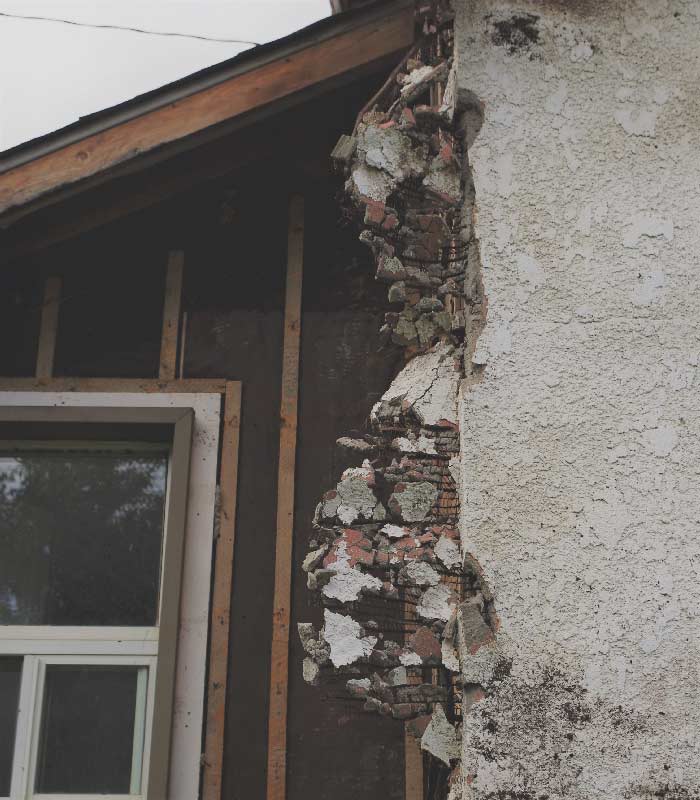What can be done about asbestos in soil?
Asbestos in the soil isn’t something that can’t be ‘buried’ or hidden, in fact it needs urgent attention. Asbestos was once a commonly used building material in New Zealand. After it was discovered to be incredibly harmful to human health, its use was restricted. Importing the most hazardous types of asbestos (blue and brown) was banned in 1984, followed in 1998 by a ban on white asbestos - the most common kind used in New Zealand. Finally, in 2016, all asbestos-containing products were banned from import to the country.
Despite this now-complete prohibition on new asbestos entering the country, its presence still remains. While it can be managed in a fairly straightforward manner in the world of solid building materials, another problem arises entirely when asbestos finds its way into the soil.
The dangers with asbestos
Asbestos was commonly used in composite materials - things like roofing tiles or wall claddings. When contained in this form, asbestos was considered relatively safe. This is due to its mechanism of causing harm - it’s dangerous solely from breathing it in. The worst effect that can develop from breathing asbestos in the air is fibrotic lung disease, otherwise known as asbestosis.
As it’s only harmful when inhaled, the approach to asbestos in soil is very different from other contaminants. Due to its inert state, asbestos doesn’t poison the soil or affect groundwater. In fact, if the asbestos can be adequately contained underground, the risk to human health is almost entirely diminished. The real problem occurs when people aren’t aware asbestos is present in the soil around their property; once it’s dug up or otherwise agitated, the asbestos fibres can be released into the air.
How does asbestos get into soil?
There are a number of causes for asbestos making its way into nearby soil. Run-off from poorly made composite-products like roof tiles is a common culprit. When these materials decompose, the fibres are able to escape, and can be swept away with water passing over the damaged areas. This can also result from using high-powered cleaning equipment like water blasters on otherwise-uncompromised material; the pressure can be enough to loosen some fibres.
Uncontrolled dumping or mismanaged deconstruction is another. Structures that contain asbestos are sometimes destroyed without knowledge that asbestos is present - other times the knowledge is there but the people in charge choose to skirt the law and dump the material without following proper procedure.
Then there’s simply the factory waste products that were used as fill (or even paving surfaces) in the mid-20th century. Together, these situations have resulted in areas of the country displaying high concentration of asbestos in the nearby soil. Because the asbestos doesn’t break down, any that’s added to the soil will stay there forever.
How can I tell if my property has asbestos in the soil?
Given the fact that asbestos itself is between 10 and 30 times thinner than a human hair, the ability to spot it in its raw form is almost impossible. Nonetheless, there are often clues as to whether the area might be contaminated with asbestos.
For example, finding pieces of old fibre cement or half-buried roof cladding will be the most obvious sign. It can be hard to tell the extent to which the surrounding soil has been compromised - it’s not uncommon for the composite materials binding the asbestos together to rot away, so it’s possible that more material was present and has simply deteriorated, leaving the asbestos behind.
You can also contact your local council to see if they have any information about the history of the site. You can check to see if it’s on the HAIL (Hazardous Activities and Industries List) register, as well as seeing whether it was a site where asbestos was used as fill to level-off the ground.
If you suspect there’s asbestos present in either a residential property or commercial workspace, having the area tested is absolutely necessary. You have a duty under the Health and Safety at Work (Asbestos) Regulations 2016 to investigate suspected asbestos contamination in a workplace.
What can be done about asbestos-contaminated soil?
There are a couple of options for remediating asbestos-contaminated soils. If the contamination is below a certain threshold, in situ management can take place, where the soil remains in place but other measures are taken to ensure the risks are minimised or removed. These include covering the site with topsoil, planning building works so as not to disturb the soil, or even capping the area with a hard surface like concrete.
The other main option is soil removal. This has the advantage of making site management redundant - as all of the offending material is removed. Either way, asbestos soil treatment on your property starts with contacting the professional team at Chemcare. We’re licensed to remove asbestos in all its forms, and have been doing so for years, so you can trust we’ll do the job right first time.
For more information about asbestos in soil, or to begin the safe management of it on your property, contact the team at Chemcare today.





